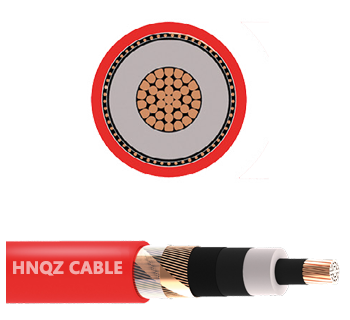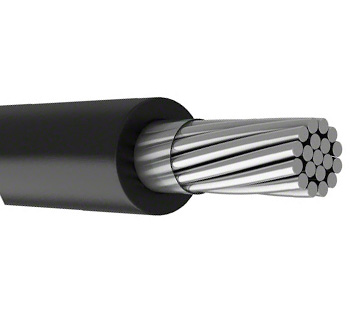The advantages of XLPE in the wire and cable industry
Both XLPE cross-linked polyethylene and polyvinyl chloride (PVC) are used as insulation materials for wires and cables, but XLPE cables are more environmentally friendly and have better performance than PVC cables.
XLPE wire and cable will produce carbon dioxide and water after burning, while PVC wire and cable will produce harmful gas hydrogen chloride when burning.

PVC is a thermoplastic material whose mechanical properties mainly depend on the crystals of the polymer. When an overcurrent or short circuit failure occurs, the temperature of the PVC cable may rise, causing internal softening and deformation, resulting in a decrease in insulation performance; while the cross-linked polyethylene cable uses chemical or physical methods to convert thermoplastic polyethylene into thermosetting cross-linked polyethylene, which greatly Improved its performance. Heat resistance and mechanical properties reduce its shrinkage, so that it will no longer melt after being heated, and maintain excellent electrical properties. The long-term working temperature of PVC wire and cable is only 70°C, while the long-term allowable working temperature of XLPE wire and cable can reach 90°C, and it can still maintain its elastic state at 130°C. Compared with the PVC wire and cable of the same cross section, its cutting capacity can be increased by about 25%. Therefore, in practical applications, cross-linked polyethylene wire and cable with smaller cross-sections can be used instead of polyvinyl chloride wire and cable. Therefore, XLPE has good advantages in heat resistance and mechanical properties, making it an ideal insulating material at present.
The specific gravity of PVC insulation is 0.92g/cm3, and the specific gravity of PVC insulation is 1.35g/cm3. Because the overall performance of XLPE insulation is stronger than that of PVC insulation, according to national standards, the thickness of XLPE insulation is allowed to be thinner than that of PVC insulation. XLPE cables are lighter in weight than PVC cables, have a smaller diameter, are easy to install and lay, and have simple accessory connectors, so they are widely used.
 中文
中文 











